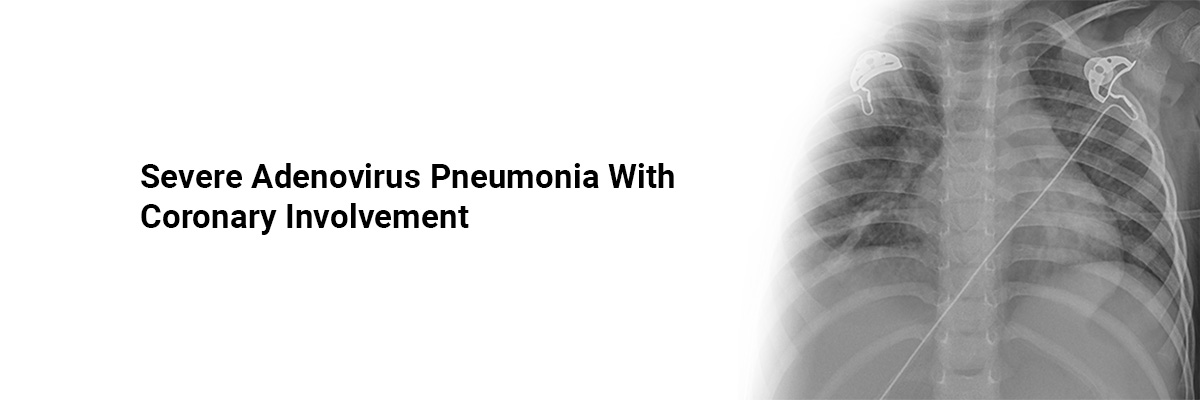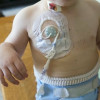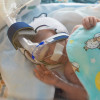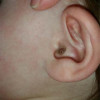
 IJCP Editorial Team
IJCP Editorial Team
Severe Adenovirus Pneumonia With Coronary Involvement
A report describes a case of a 2-year-old boy who presented with a two-week history of a febrile illness associated with cold and cough. He displayed fever and increasing respiratory rates and was thus hospitalized.
The patient came positive for adenovirus and was treated with bronchodilators and intravenous fluids. Yet, his fever persisted. day-5 echocardiography showed significant coronary artery dilatation. He received 2 g/kg intravenous immunoglobulin (IVIG) but developed respiratory distress the following day. He then received heated, humidified high-flow oxygen by nasal cannula (HHHFNC). Auscultation revealed impaired note and bronchial breathing on the left lower lobe area. Per abdominal examination revealed hepatosplenomegaly, and his chest X-ray revealed dense consolidation in the left lower zone. The patient's C-reactive protein and procalcitonin were high. He then received injections of vancomycin and meropenem.
Repeated echocardiography two days later showed dilated left main coronary artery (LMCA) and left anterior descending artery (LAD) with mild mitral regurgitation (MR) and mild left ventricle (LV) systolic dysfunction. He was then given high-dose aspirin and an injection of methylprednisolone.
Since the fever persisted, tests for HLH were carried out, which showed bicytopenia, hyperferrtinemia and hypertriglyceridemia. The patient received an injection of anakinra at a dose of 100 mg/day subcutaneously, as the child had not responded to IVIG and methylprednisolone. On the fourth day of anakinra, repeat echocardiography revealed LVEF 62%, proximal LAD aneurysm with a small thrombus inside. Thus, an injection of clopidogrel was added. The patient's HLH markers improved, but the fever persisted, and he remained HHHFNC dependent. He was continued on Anakinra, and steroids were replaced with intravenous hydrocortisone. The fever vanished on day 6 of Anakinra.
High-resolution computed tomography (HRCT) thorax revealed near complete collapse/ consolidation of the left lung, with patchy consolidation in the right upper and lower lobes. After seven days of treatment with anakinra, the dose was reduced, and the child remained afebrile. HHHFNC was stopped after two weeks and Anakinra after day 10.
Genetic evidence of primary HLH was absent. Repeat investigations revealed reduced levels of triglycerides, ferritin, and aspartate aminotransferase and increased total leukocyte and platelet. Follow-up echocardiography revealed a small aneurysm in proximal LAD with a possible thrombus in it.
The patient's steroid doses were tapered and stopped, and his antibiotics were stopped after a week. He received discharge one-month post-admission and remained on aspirin for at least six months post-discharge.
Chowdhury P, Saha S, Meur S. Severe Adenovirus Pneumonia Associated With Hemophagocytic Lymphohistiocytosis With Coronary Involvement. Indian Pediatrics. 2023;60.

IJCP Editorial Team
Comprising seasoned professionals and experts from the medical field, the IJCP editorial team is dedicated to delivering timely and accurate content and thriving to provide attention-grabbing information for the readers. What sets them apart are their diverse expertise, spanning academia, research, and clinical practice, and their dedication to upholding the highest standards of quality and integrity. With a wealth of experience and a commitment to excellence, the IJCP editorial team strives to provide valuable perspectives, the latest trends, and in-depth analyses across various medical domains, all in a way that keeps you interested and engaged.




















Please login to comment on this article